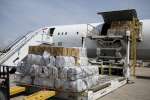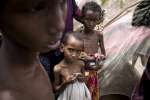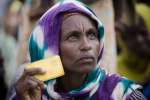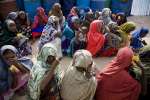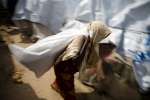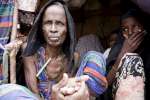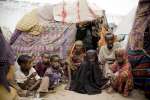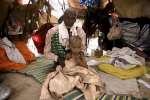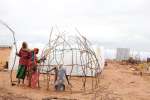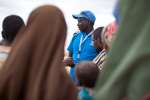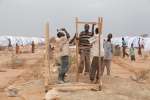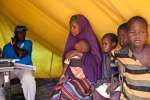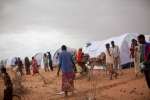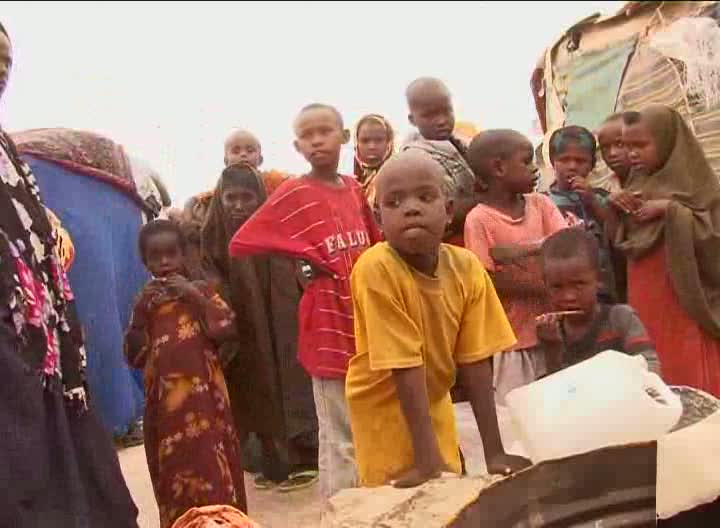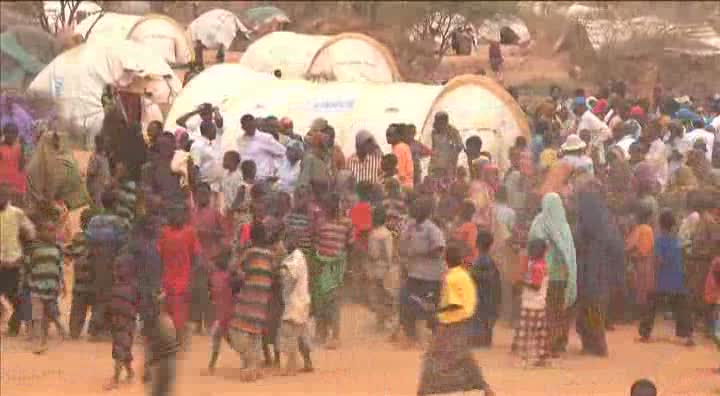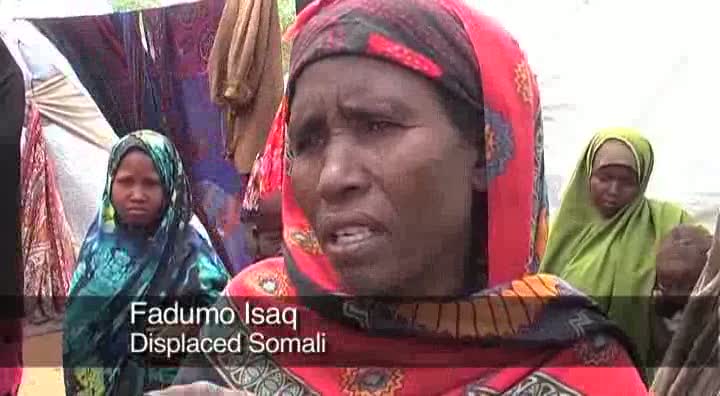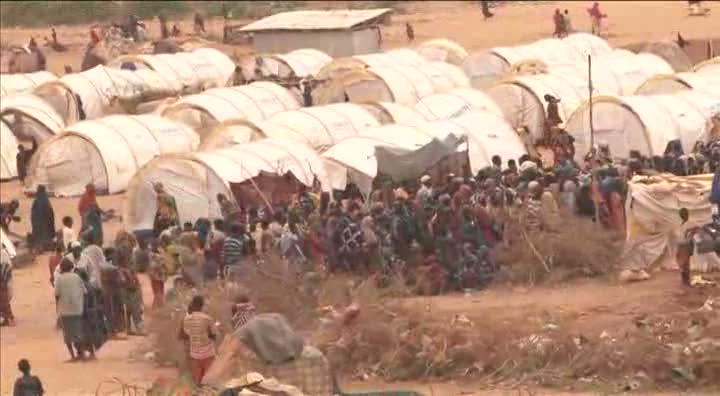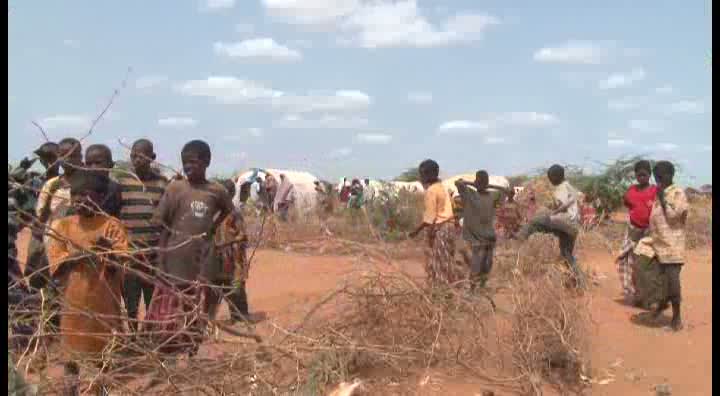Home > Where We Work > Africa > East and Horn of Africa > Crisis in Horn of Africa
Crisis in Horn of Africa
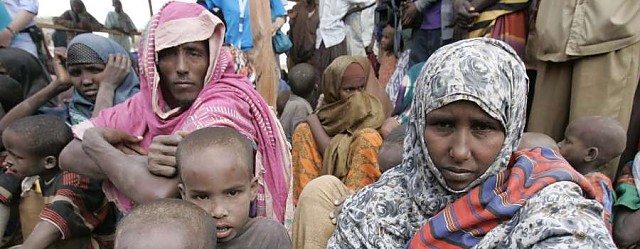
A Worsening Humanitarian Situation
Somalia is at the heart of one of the worst humanitarian crises in the world today. Twenty years of conflict and waves of drought have uprooted a quarter of the country's 7.5 million people. As the region faces its most severe drought in 60 years, the Somali exodus is growing fast.
In the first half of 2011 alone, more than 83,000 Somalis fled into Kenya and over 54,000 into Ethiopia. In July, daily arrivals in each country ranged from 1,300 to 1,700. An additional 2,600 Somalis had crossed the north-western border into Djibouti by mid-2011.
The refugees say they fled a combination of violence and drought in Somalia. Many are waiting until the last possible moment to flee, putting up with violence, crop failures and rising food prices until they can no longer survive where they were. Insecurity prevents aid from reaching them, forcing people to leave their sick and elderly behind and flee their homes to get help.
Many walk for weeks to reach aid in neighbouring countries. Some do not survive the harsh journey; the weakest children die along the way as their mothers watch helplessly. Those refugees who make it to Kenya or Ethiopia's camps arrive exhausted, dehydrated and severely malnourished. Child deaths are alarmingly high.
The refugees urgently need medical aid and high-protein, high-energy food. They also need clean water, shelter and basic services in the camps.
The UN refugee agency is seeking US$144,954,431 in funds for emergency relief in the host countries of Djibouti, Ethiopia and Kenya, which are themselves hard hit by the drought. UNHCR has also urged for improved access in Somalia itself so that affected people can receive aid without having to flee their homes.
UNHCR Regional and Country Pages
 East and Horn of Africa Maps
East and Horn of Africa Maps
- South Central Dashboard - 1 December 2012 to 15 February 2013
- South Central Dashboard - 1 November 2012 to 18 January 2013
- South Central Dashboard - 1 October to 21 December 2012
- South Central Dashboard - 1 October to 7 December 2012
- Mixed Migration in the Horn of Africa and Yemen, October 2012
